by Alessandra Ressa
Once a peasant and working class neighborhood, with only a handful of neoclassical mansions overlooking the see, Trieste’s hilly area of Gretta underwent an urbanization boom in the 1970s and 1980s becoming a fancy, exclusive residential housing destination for Trieste’s well-to-do.
Realtors were quick to understand the potential, and in just a few years the once green and rural area at the foot of Carso was transformed into an exclusive neighborhood full of tall, expensive buildings with big balconies with the view of the sea. The old, one- and two-story unpretentious houses, traditionally surrounded by orchards and vineyards were quickly overpowered.
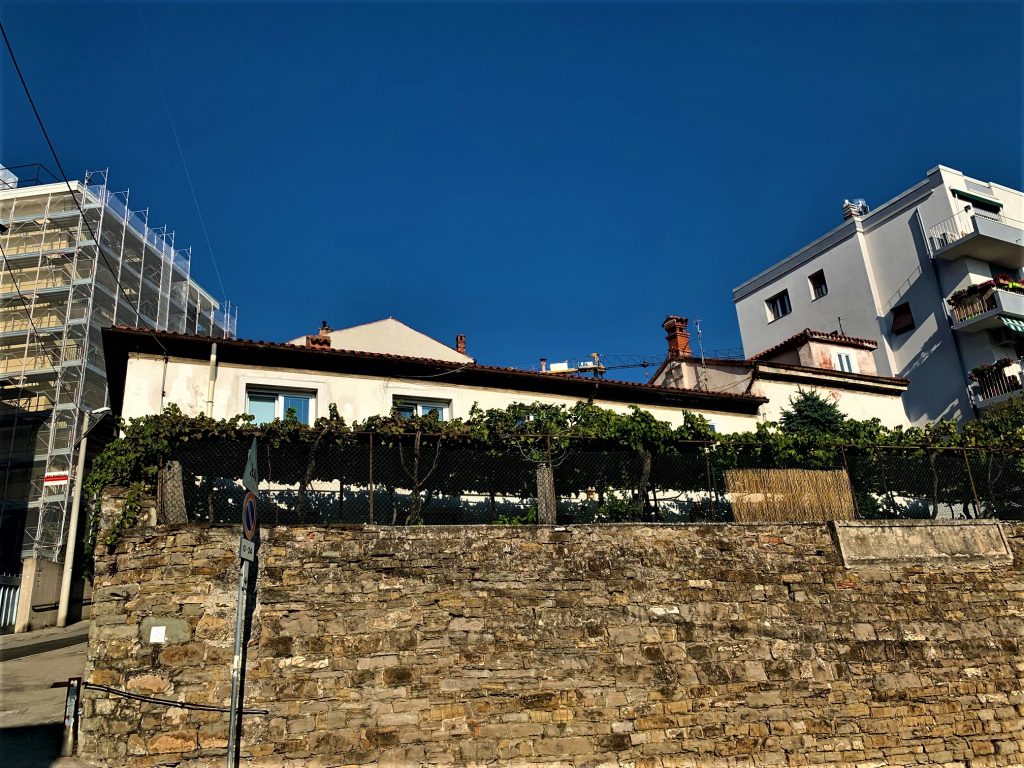
It’s wonderful to find the traces of its past within such architecturally diversified neighborhood. One of the survivors are erte (steep and narrow pedestrian alleys and staircases), usually paved in limestone. To avoid slipping while climbing the steep alleys, for hundreds of years the municipalities provided iron handrails, still in use today.
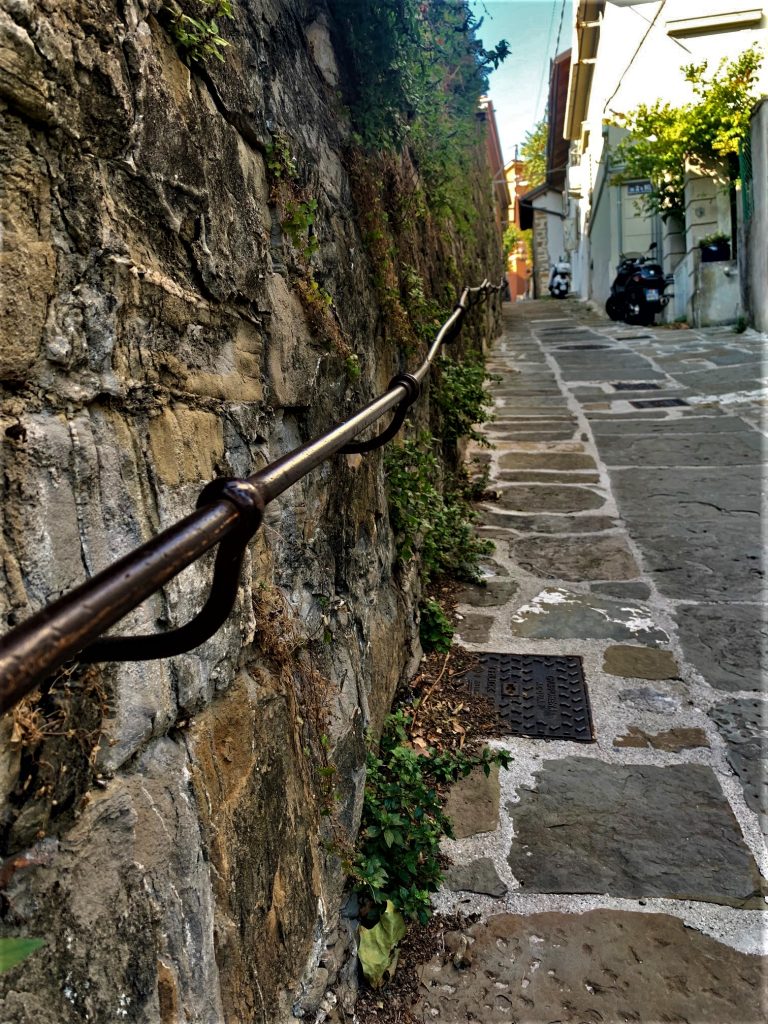
One of these lucky surviving alleys is steep Vicolo San Fortunato (Fortunato in Italian is the name of a saint, but it also means lucky), half way up on your right if you climb Salita di Gretta. A nunnery and kindergarten has been there for at least a hundred years, but the beautiful and different houses left and right, some partly hidden by tall walls and gates, others, more modest, are worth a look.
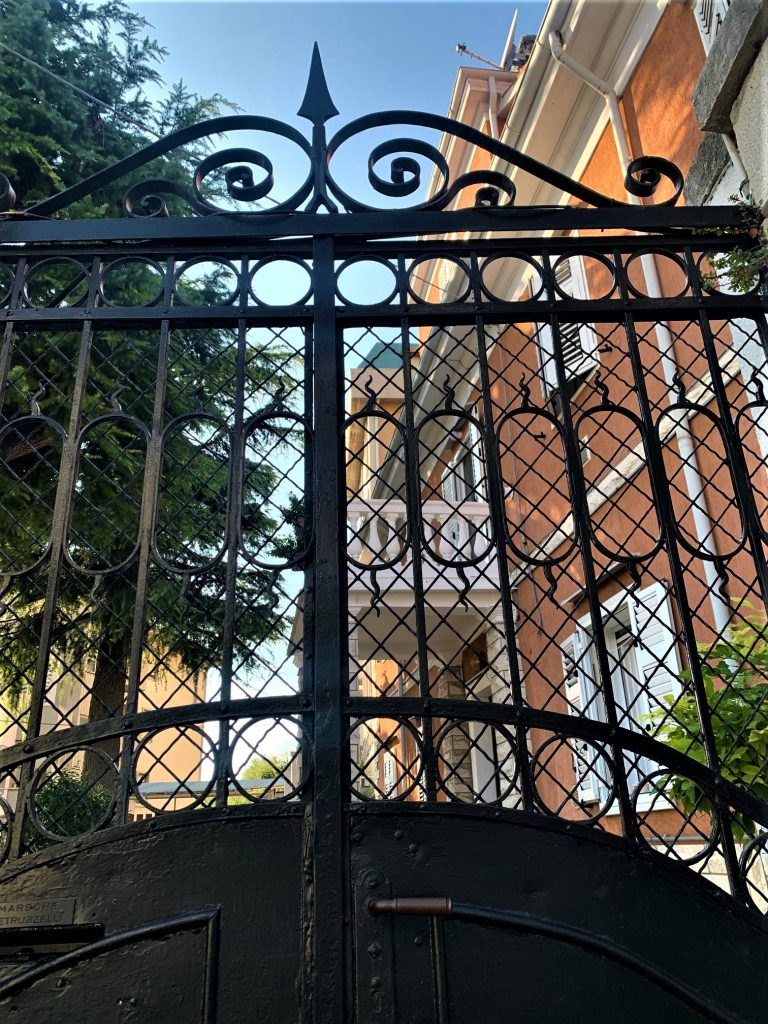
The buildings here are not only different in style, but they cover at least three centuries, the oldest being a tiny, two story house still displaying its metal shutters. The most recent, an unfinished, abandoned brick building – a sight for sore eyes.

Vicolo San Fortunato once offered the possibility to reach the heart of the neighborhood through a steep but healthy climb. Today, that last part of the alley has been shut with a metal door and the usual private property signs that a resident defines illegitimate. “It was a municipal alley,” she explained “but scooters passing through were probably annoying for some so it was closed claiming that the walls above the passage were private property”.
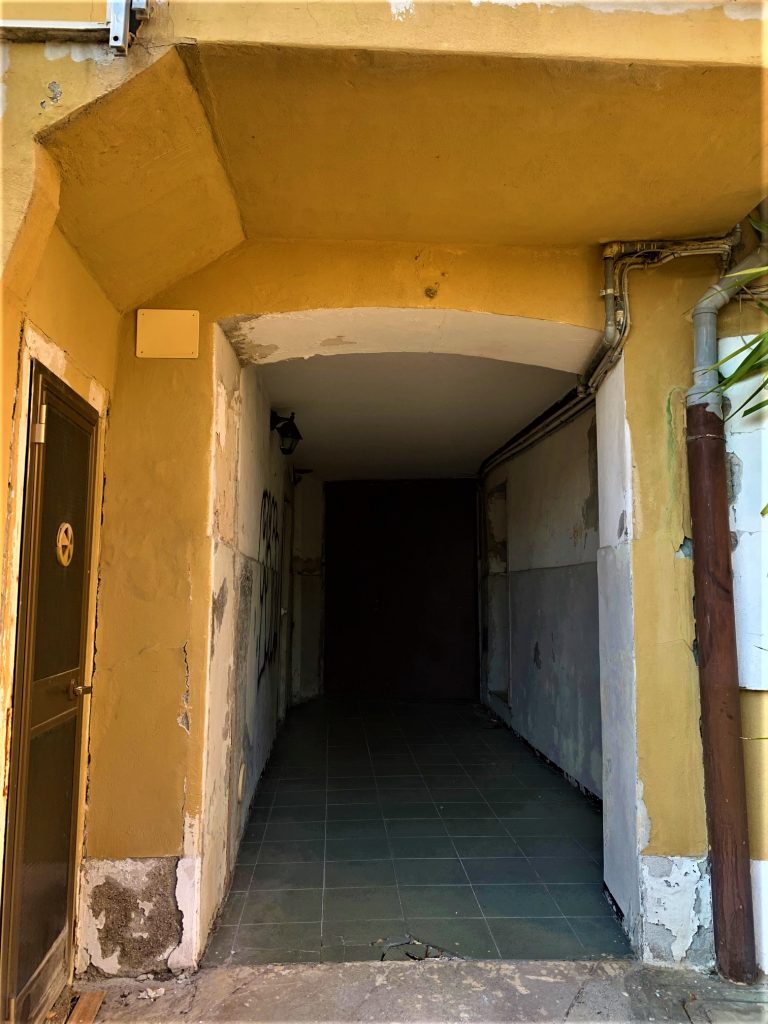
Whatever the truth, Vicolo San Fortunato remains a little gem of old Trieste worth preserving.
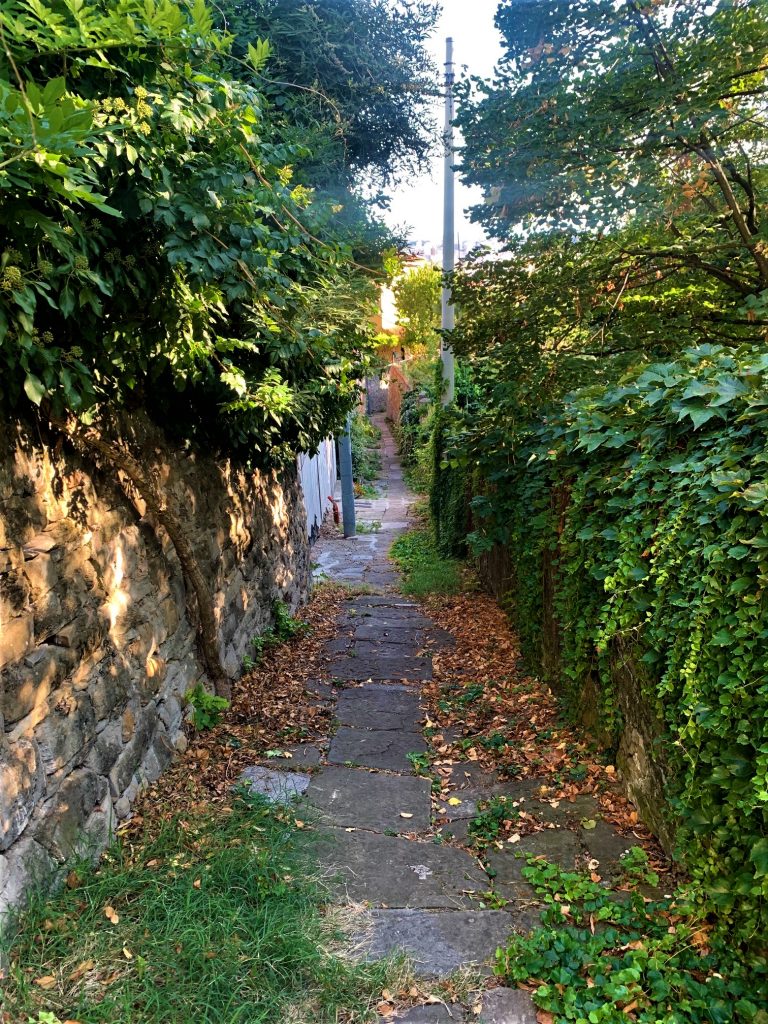

























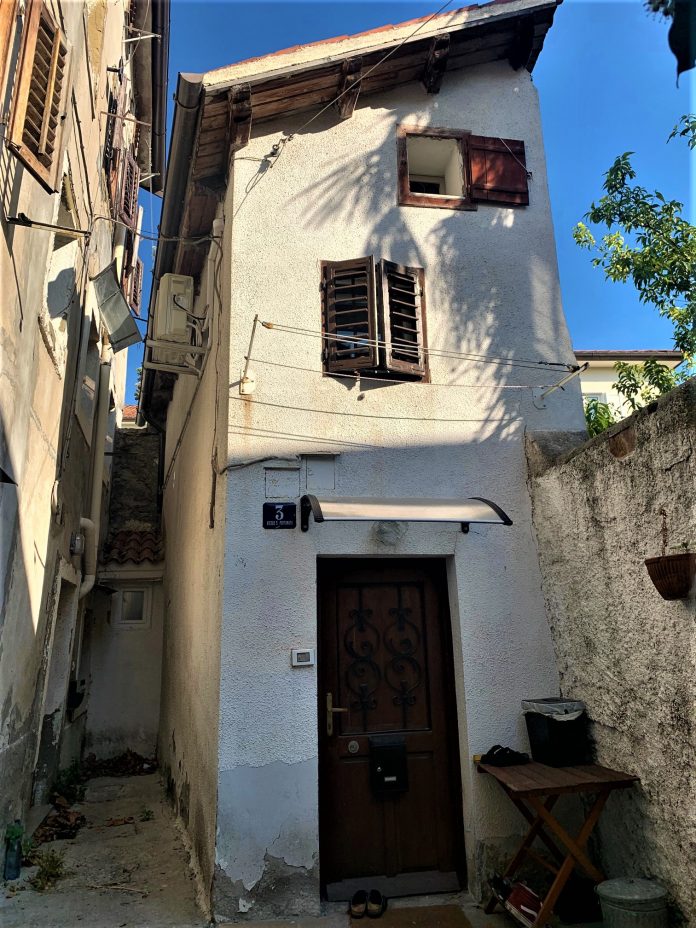




Grazie